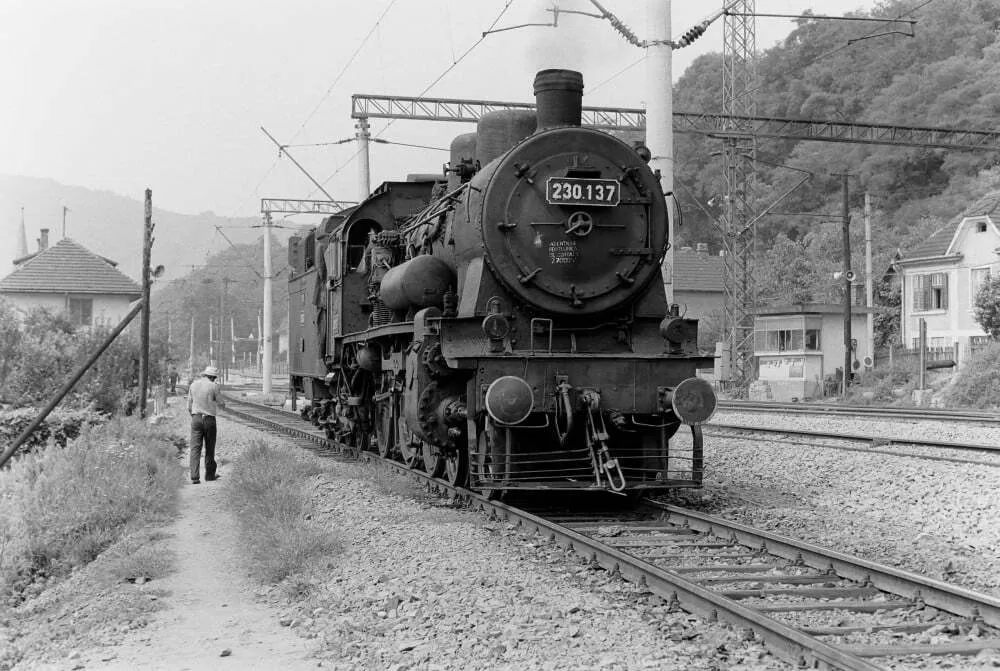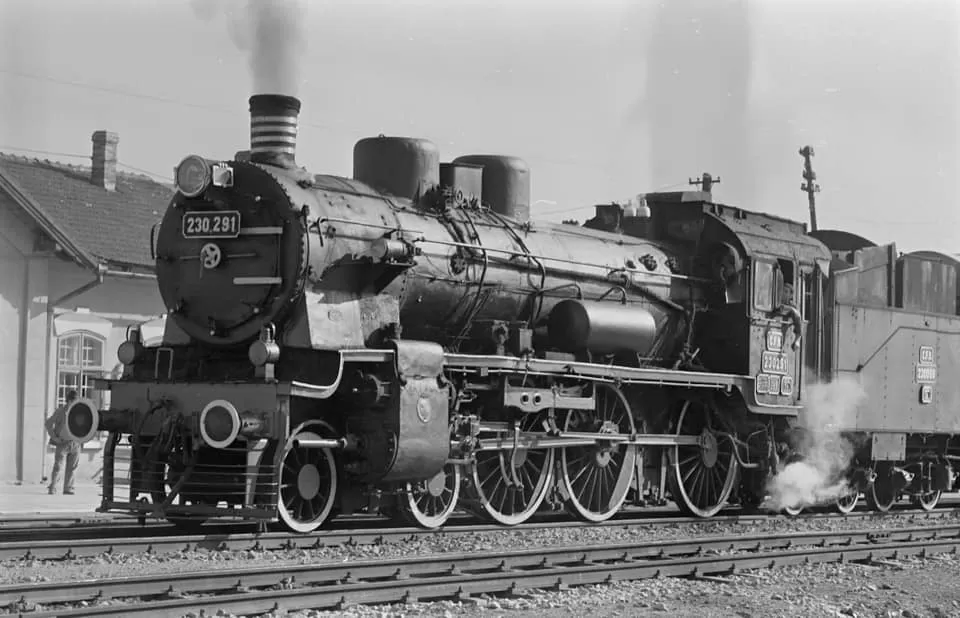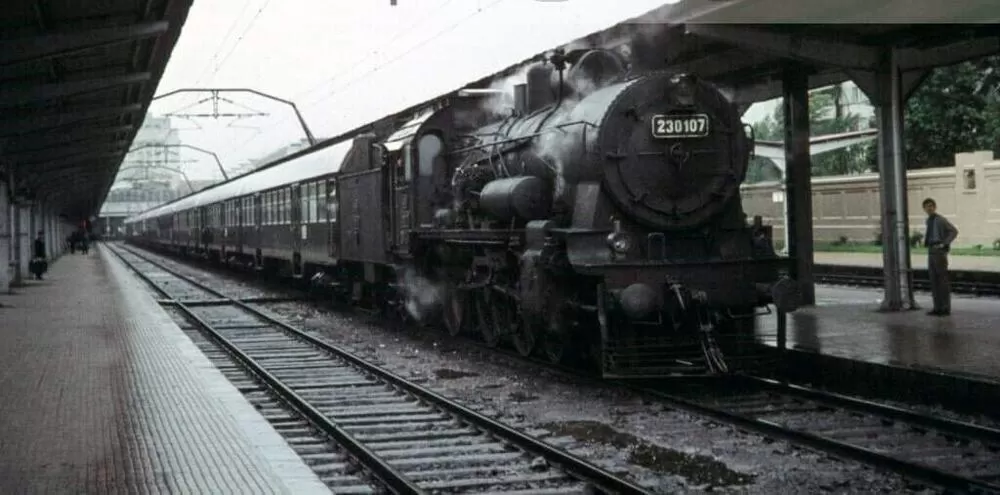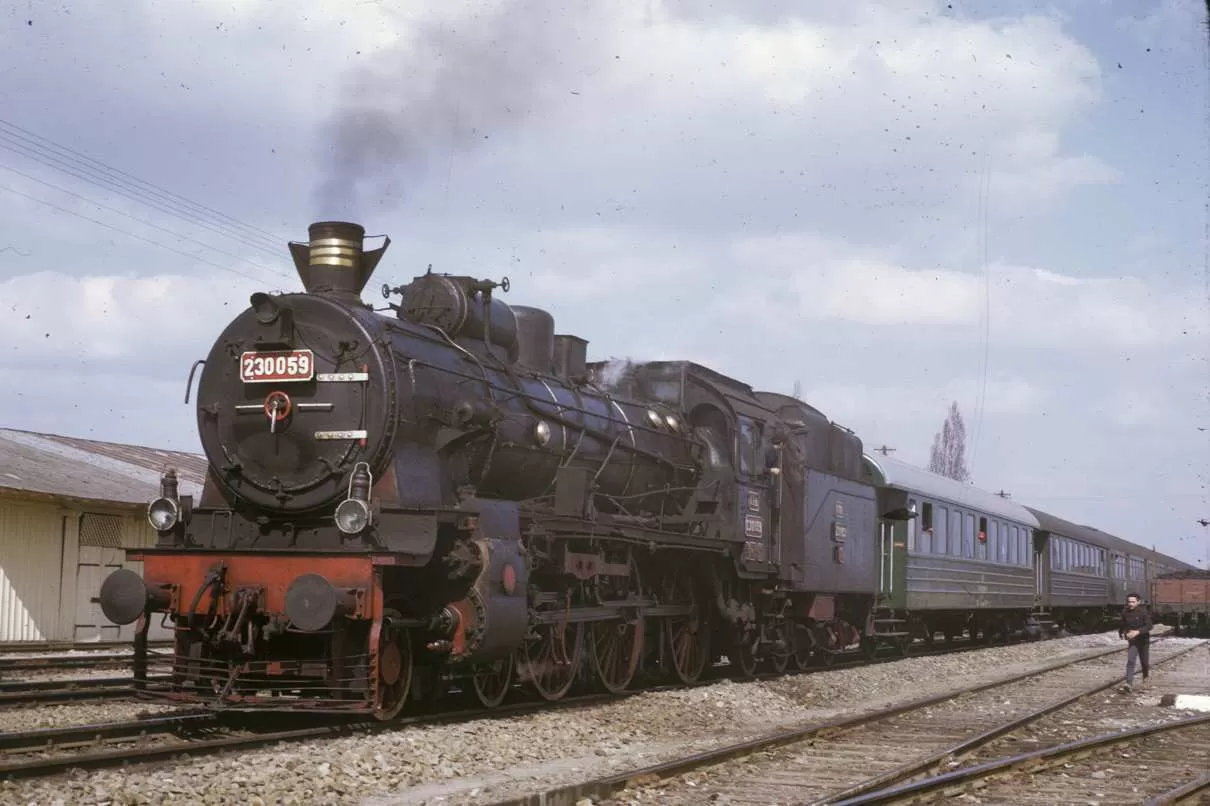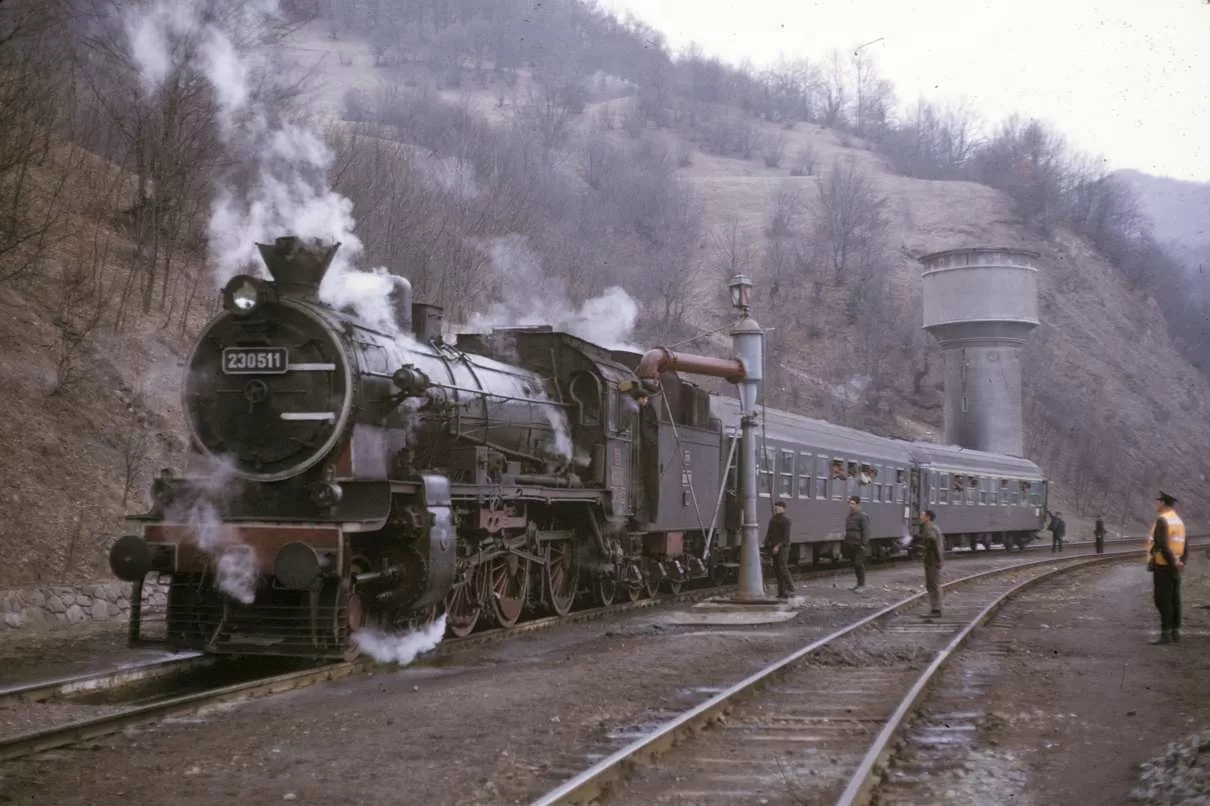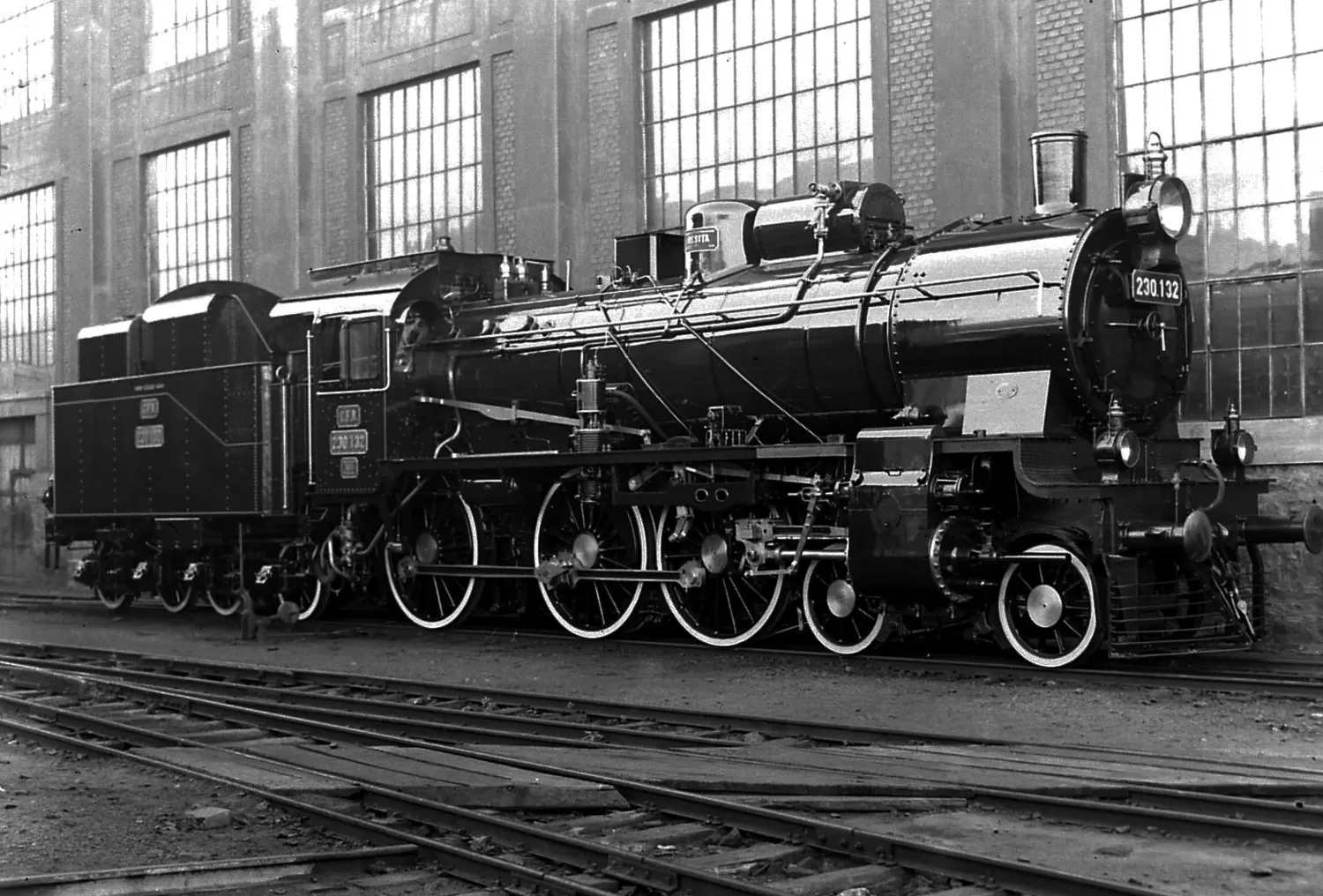
Source: facebook.com
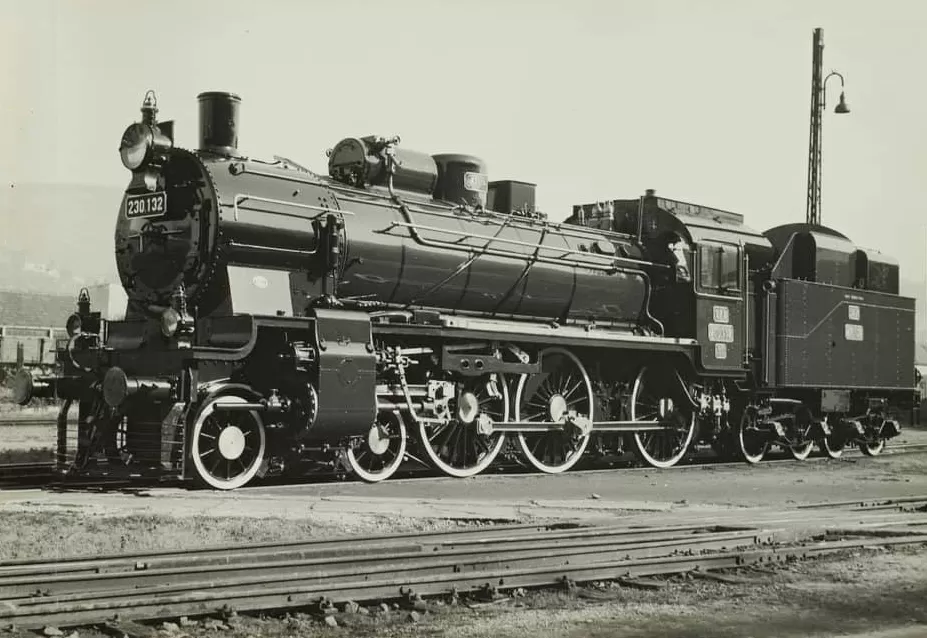
Source: facebook.com
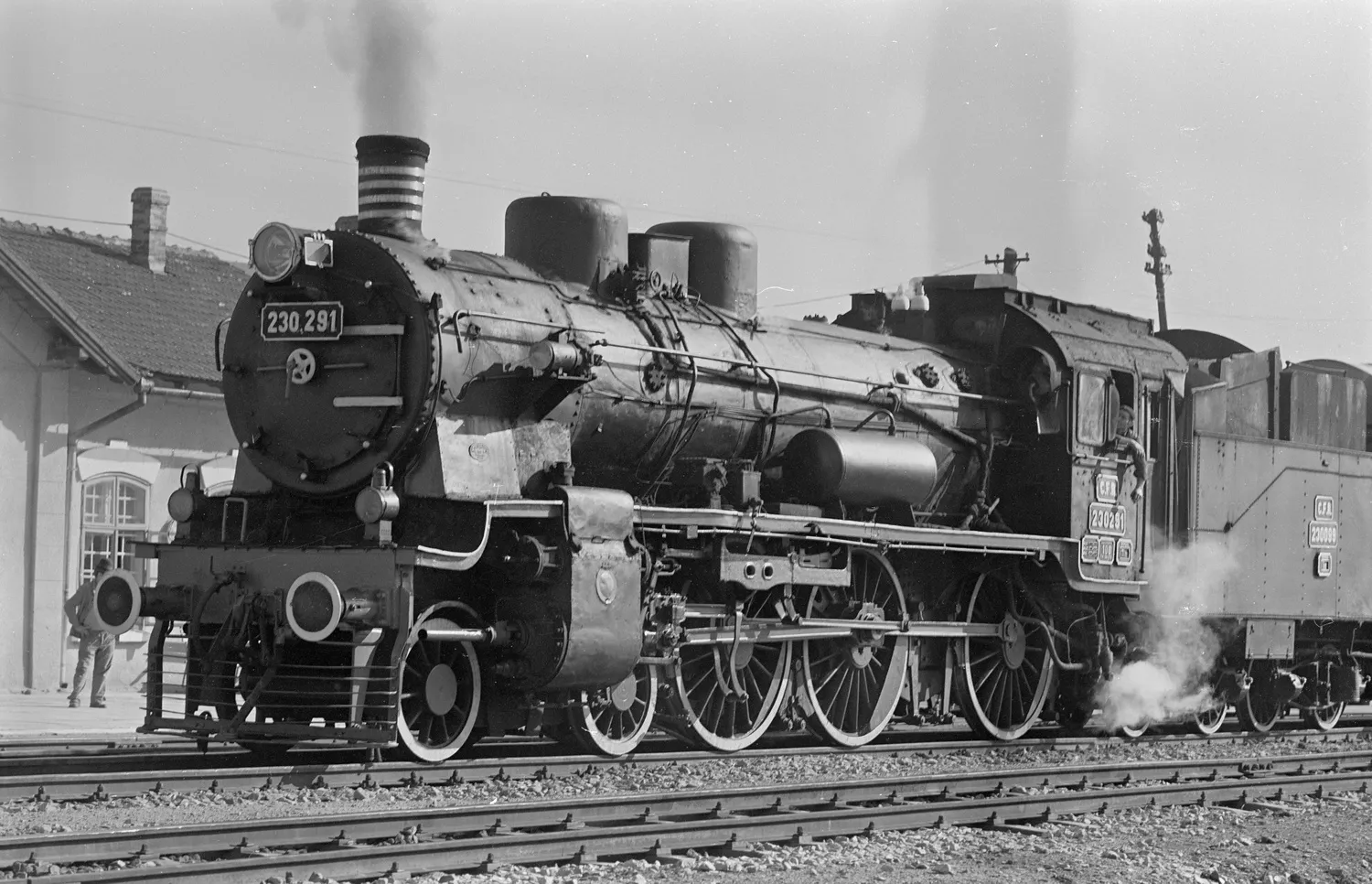
Source: ba.e-pics.ethz.ch
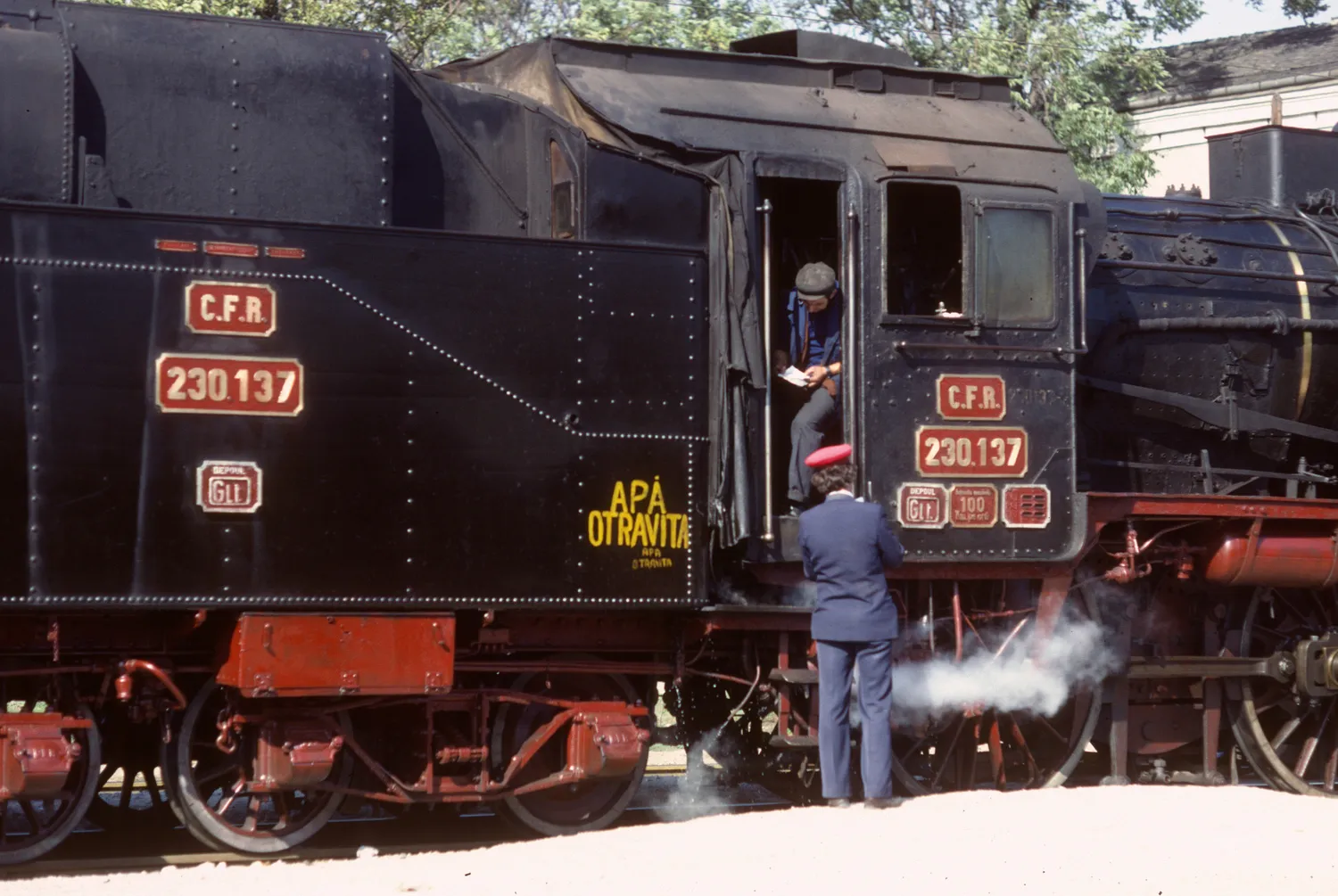
Source: ba.e-pics.ethz.ch
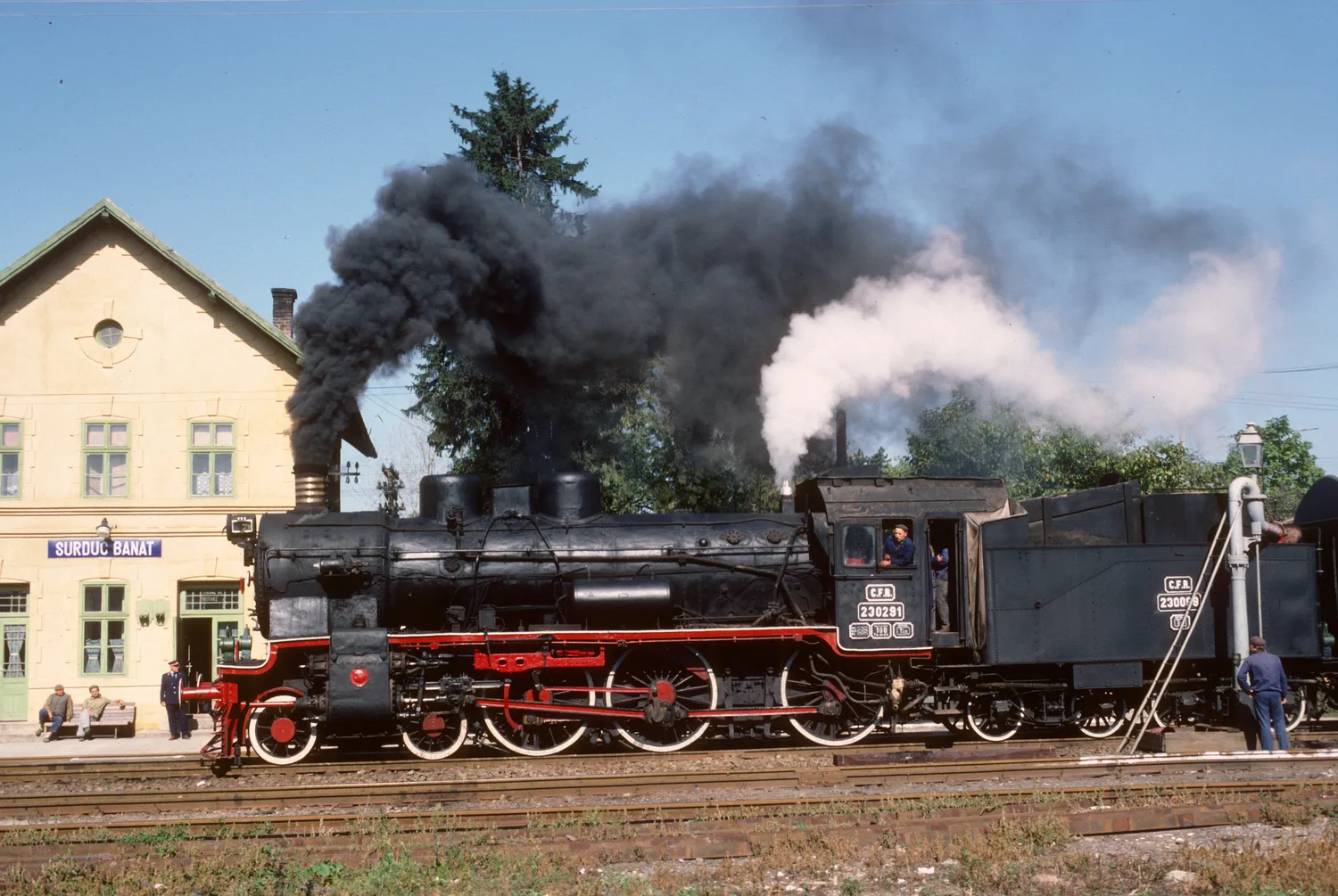
Source: ba.e-pics.ethz.ch
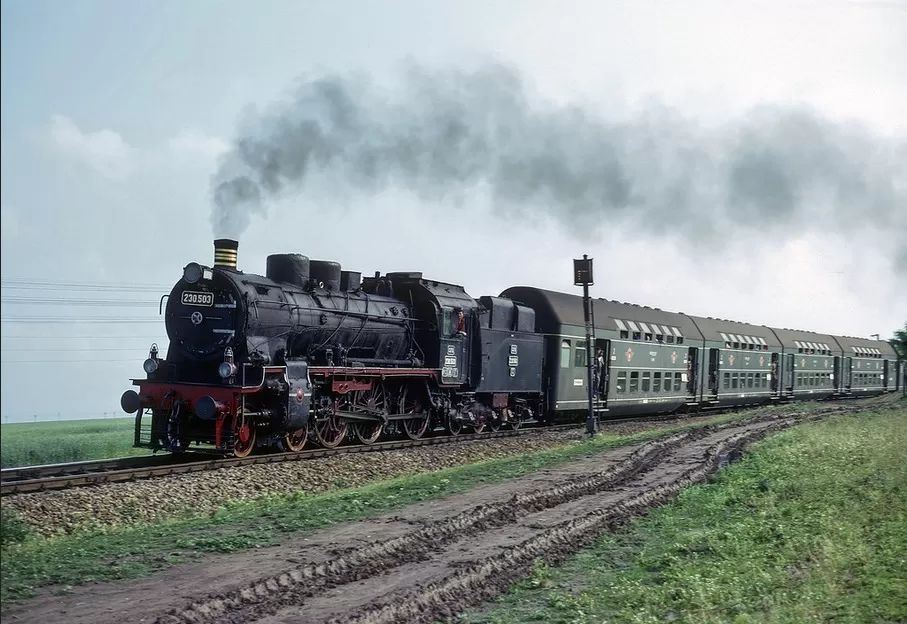
Source: David Moulden - facebook.com
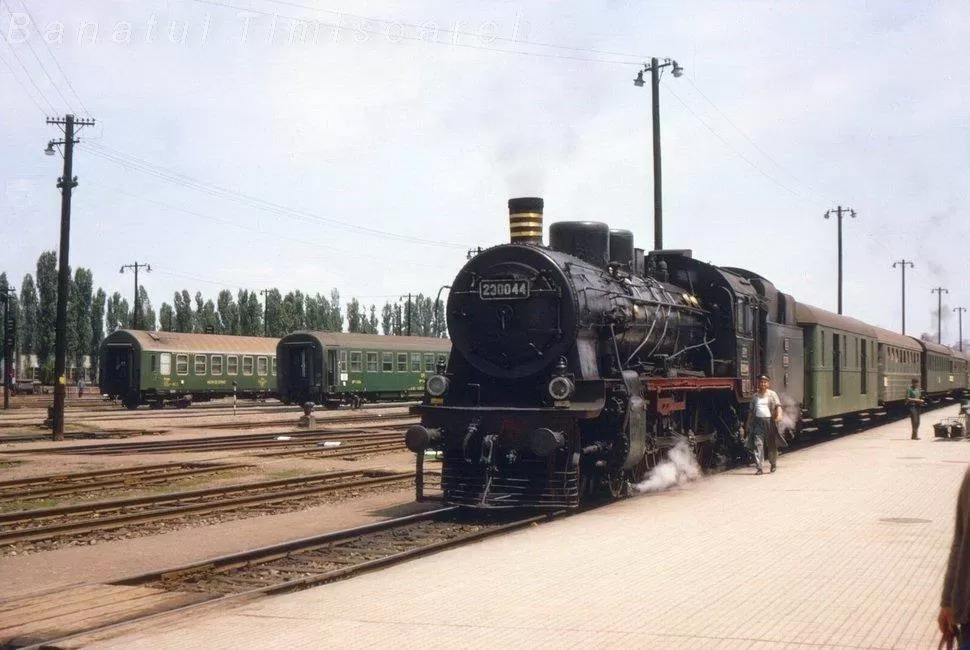
Source: facebook.com
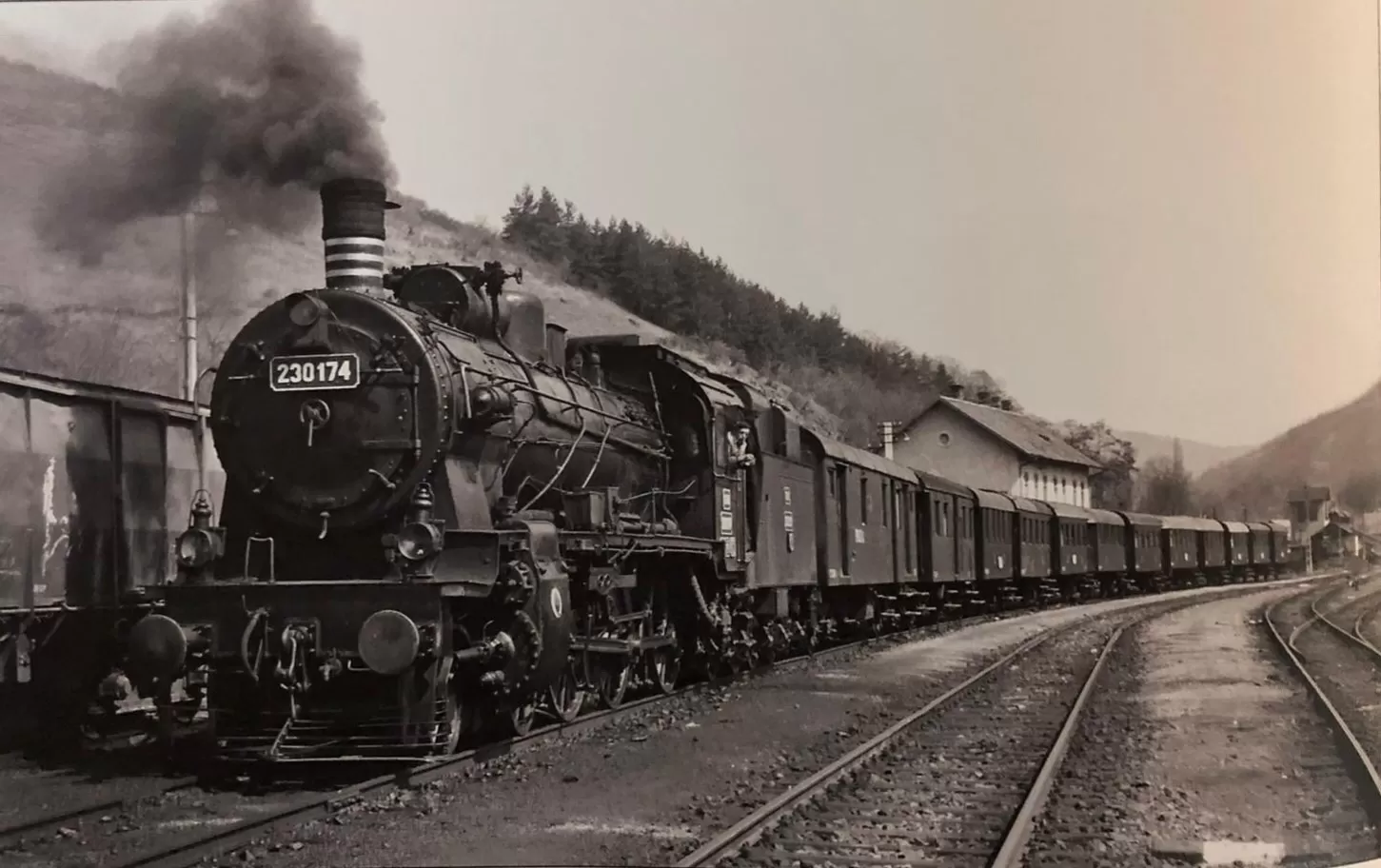
Source: Harald Navé - facebook.com
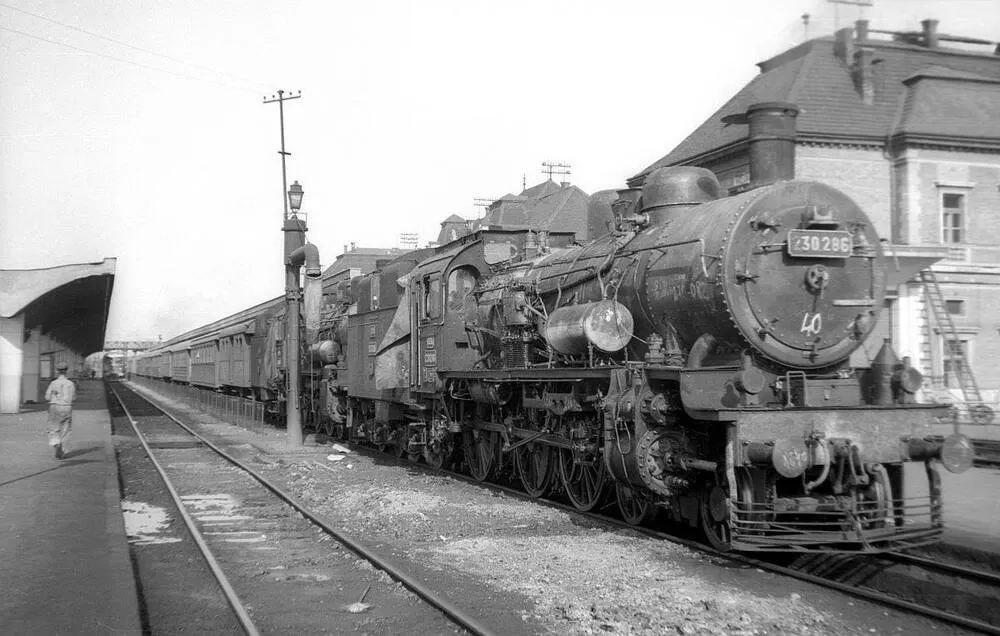
Source: Detlef Schikorr - facebook.com
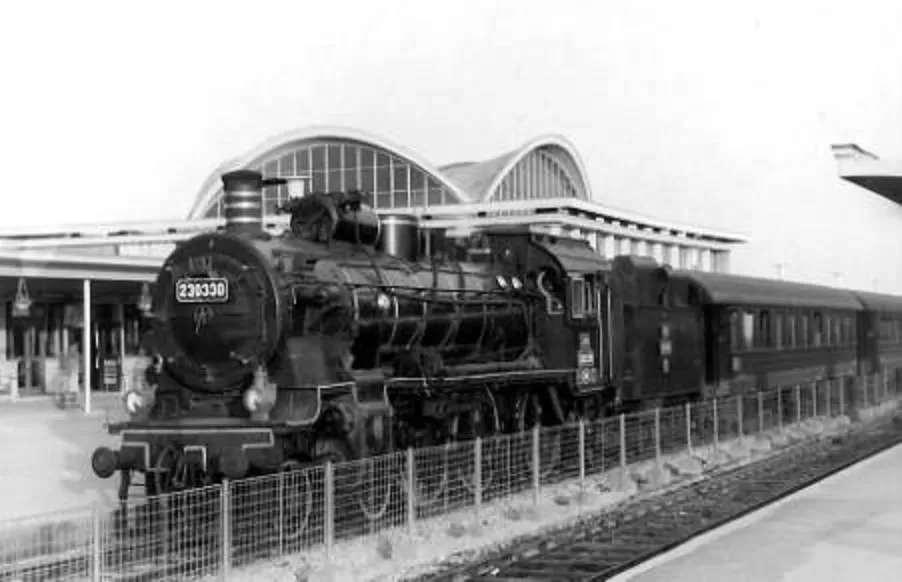
Source: Silviu
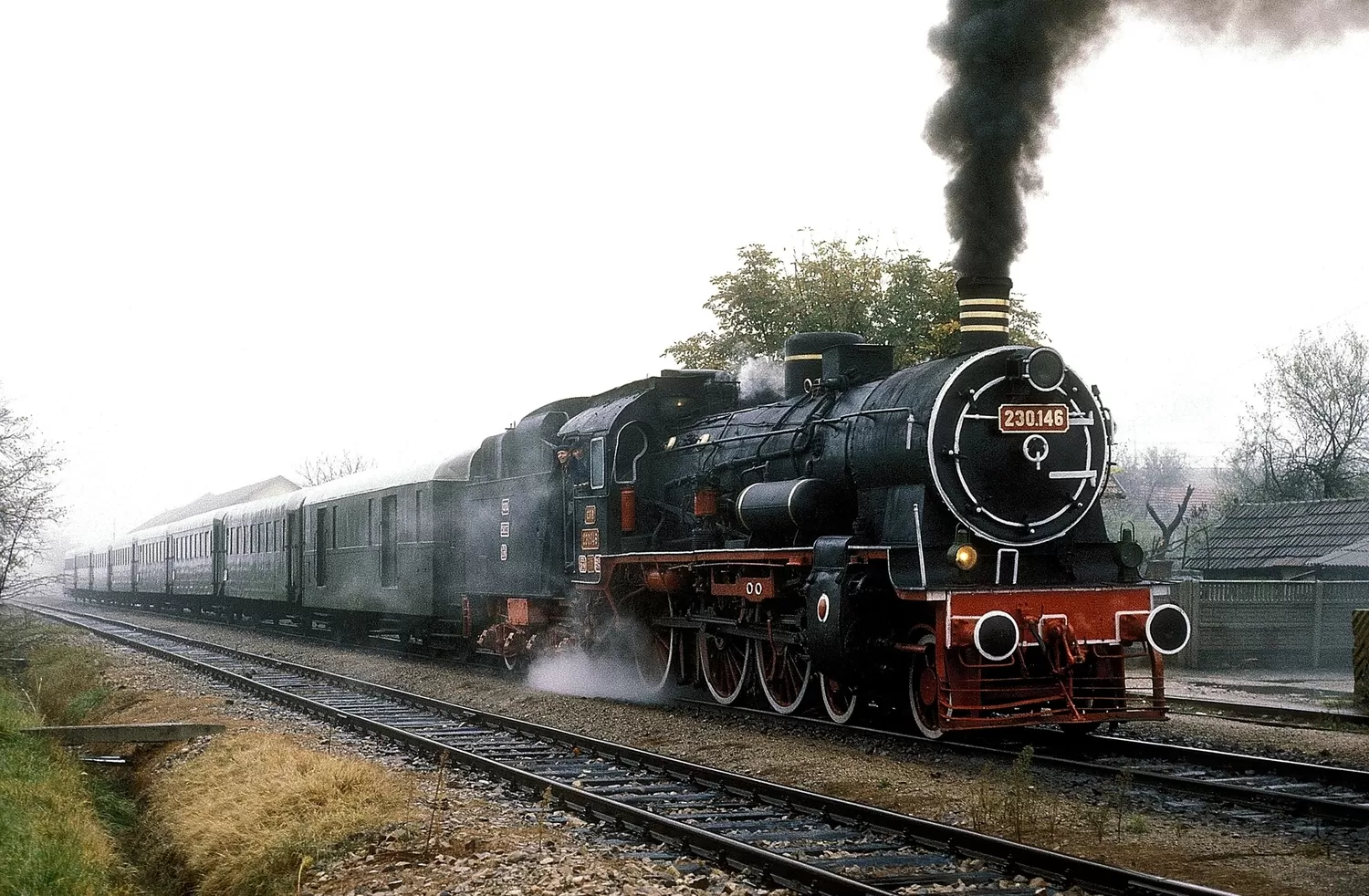
Source: P. Cvikevic

Source: P. Cvikevic
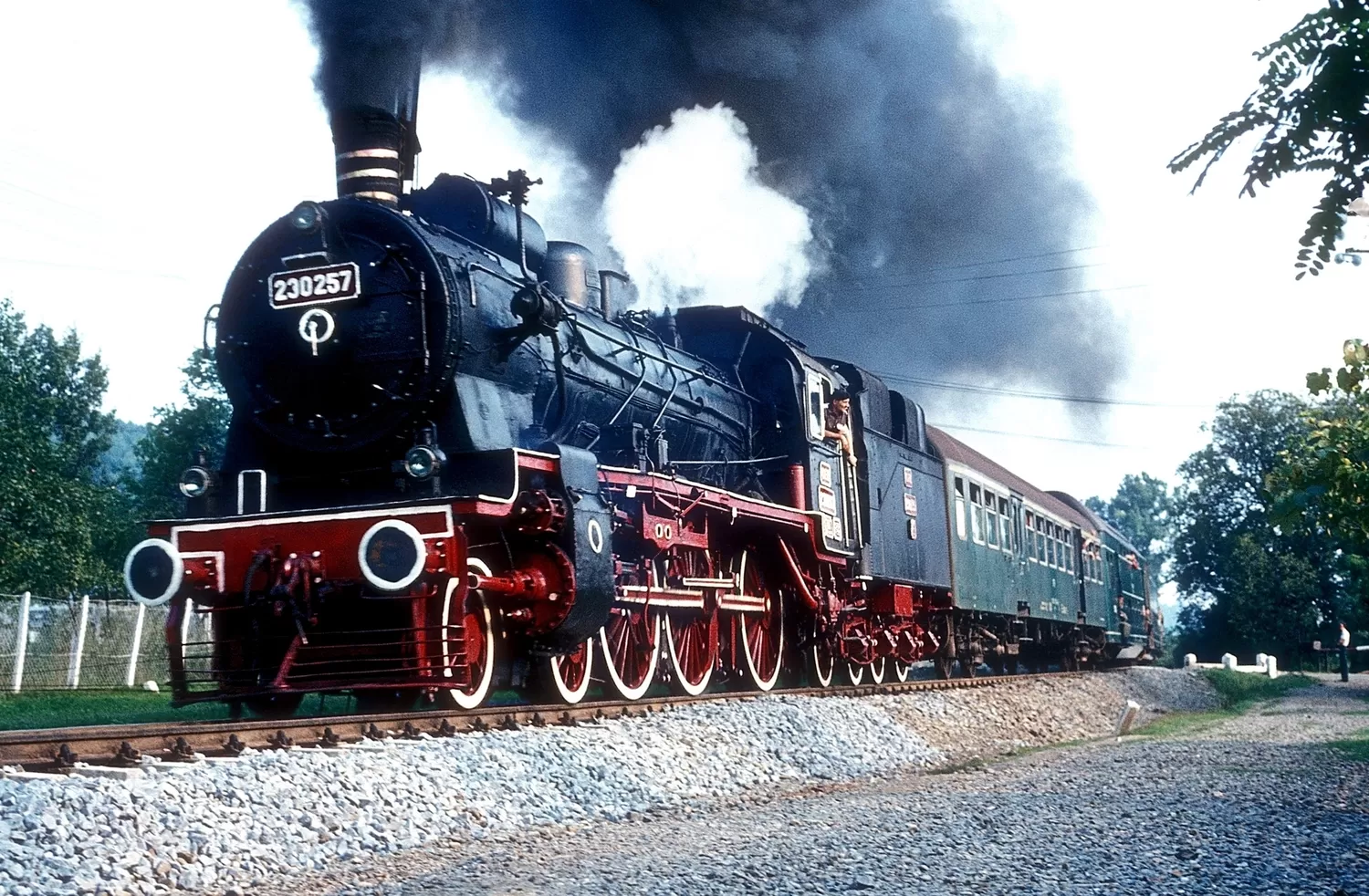
Source: P. Cvikevic
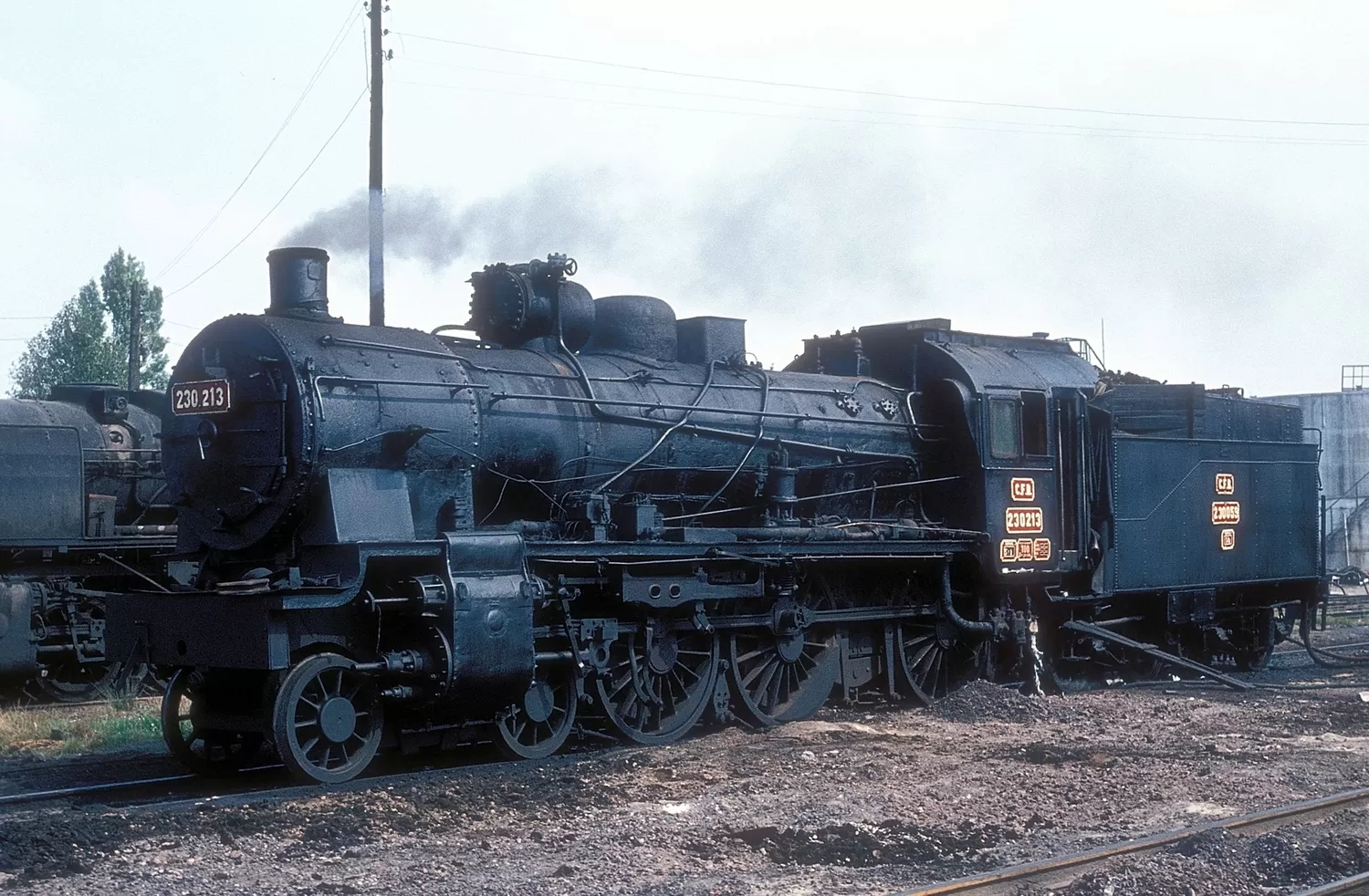
Source: P. Cvikevic
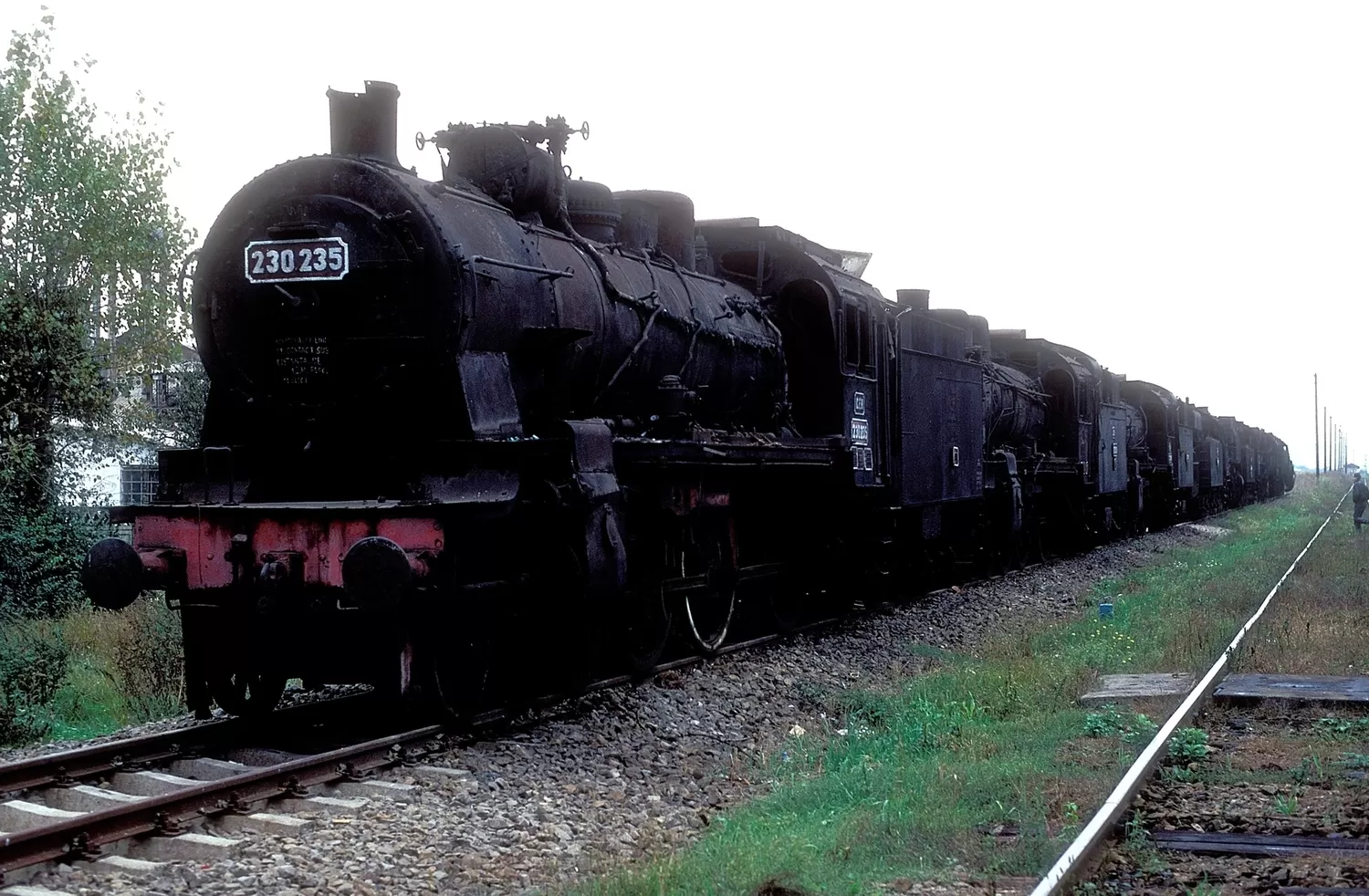
Source: M. Kißler
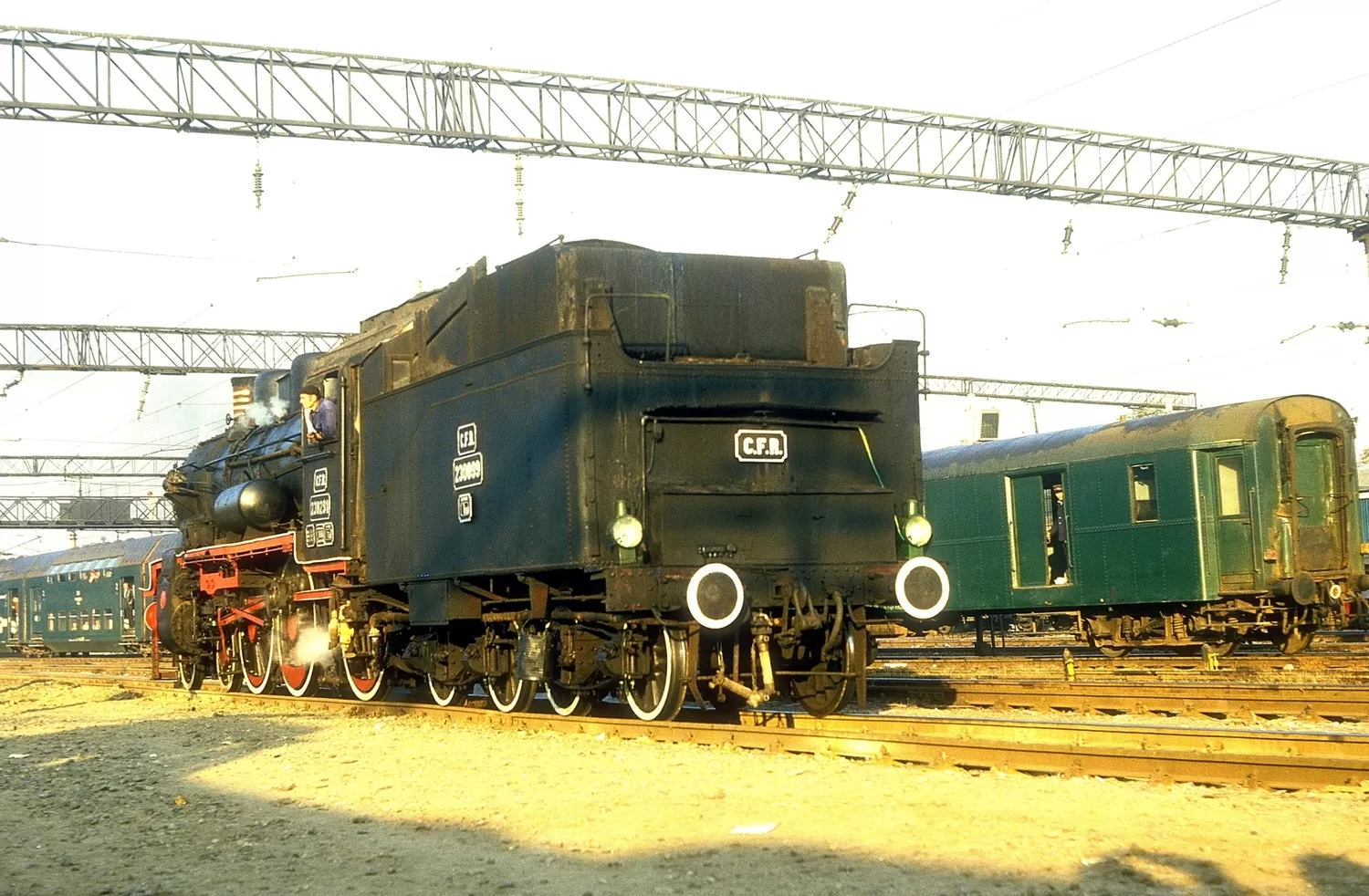
Source: J. Ype
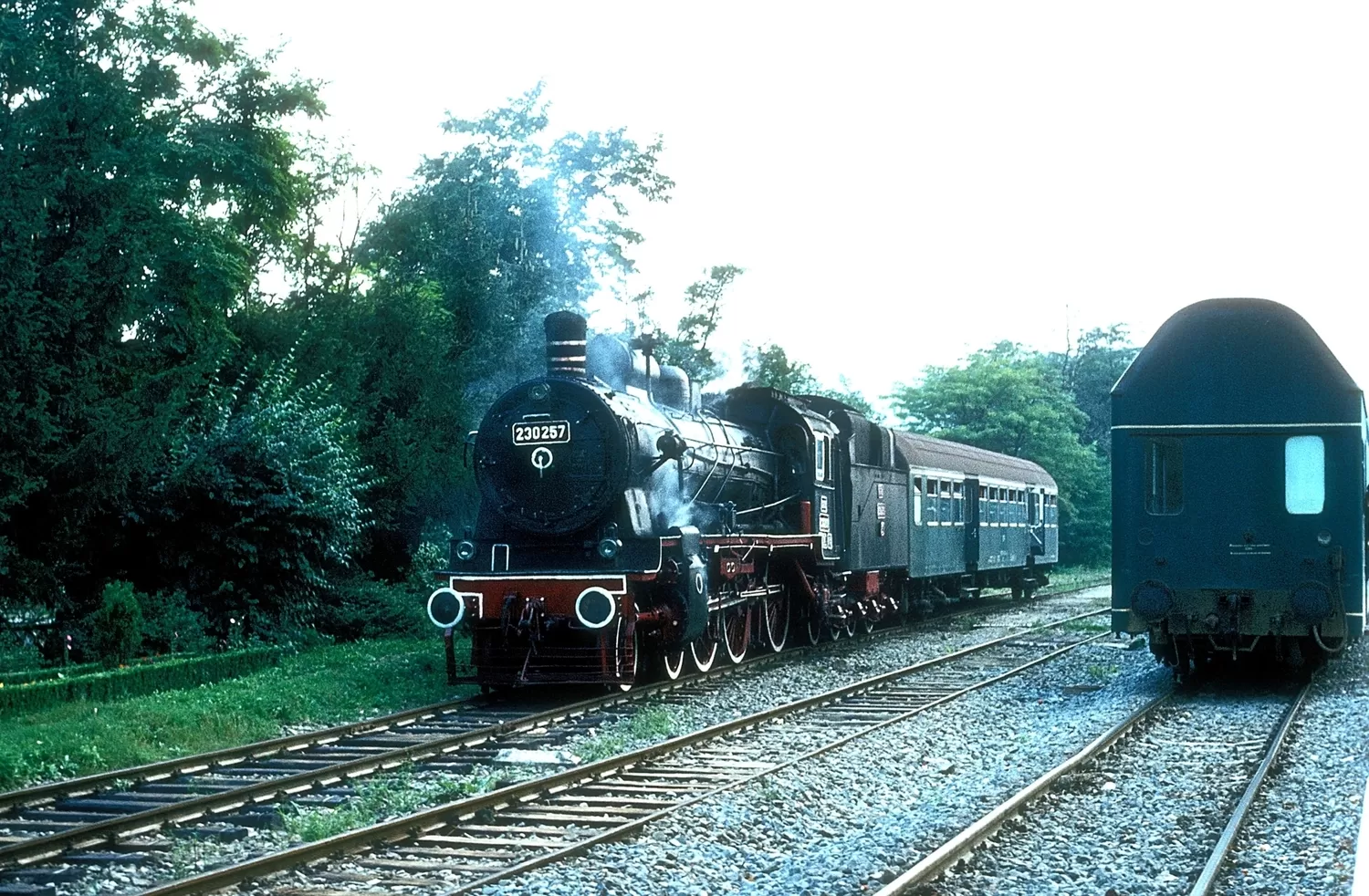
Source: P. Cvikevic
Also known as:
Vehicle type:
Registration country:
Railway companies:
18'592 mm*
*for locomotives built after 1930
*locomotive only
77,7 t*
*for locomotives built after 1930
In order to pull the heavy passenger trains, on both main and
secondary lines, Germany built the P.8 locomotive series. They
proved to be sturdy and easy maintenance, they also had a reduced
fuel consumption given the max. speed of 100 km/h and the tractive
effort.
Due to easy adaptation to the operational conditions in Romania, in
1932 Resita started the constructions of such locomotives as Series
230. UDR manufactured a total of 139 units during 1932 and 1937.
1919
1920
The distribution of the locomotives was as follows:
Henschel & Sohn, Kassel (DE) - 35 units registered 230.001 - 035;
Berliner Maschinenbau AG (DE) - 25 units registered 230.054 - 078;
Hannoversche Maschinenbau AG (DE) - 5 units registered 230.079 - 083;
Henschel & Sohn, Kassel (DE) - 10 units registered 230.084 - 093.
These locomotives were equipped with Schmidt-Wagner purifiers and had oil lighting. Initially, they did not have automatic brakes or tar-burning installations, which were later installed domestically.
1926
These were registered 230.094 - 111.
1929
August 24
The distribution of the locomotives was as follows:
Henschel & Sohn, Kassel (DE) - 7 units registered 230.112 - 118;
Berliner Maschinenbau AG (DE) - 25 units registered 230.119 - 131.
The contract stipulated that the locomotives were to be equipped with AEG electric lighting, a Pecz Rejtő purifier, a fuel oil combustion system, a Friedmann LF X steam emission injector on the left side, and an ASZ 10 injector on the right side. The price for each locomotive was set at 34 226 US dollars, which included modifications requested by CFR — specifically, the electric lighting and fuel oil combustion system — compared to the 32 365 US dollars cost for a similarly constructed locomotive for DR.
1932
A total of 230 units were produced, delivered in successive batches between 1932 and 1939. The P 8 locomotives built by the Resita and Malaxa plants were equipped with various technical features, including a left-side live steam emission water injector type LF X, a right-side Friedmann water injector type ASZ 10, and a Pecz-Rejtö water evaporator. They utilized a Heusinger distribution system, a Cosmovici fuel injector, and a Fritz-Wagner steam regulator with a valve system. Additional components included a Friedmann NS II lubrication pump with six outputs, Kolb oil lighting system, a Reszny type speedometer, a Dilling watering system, a compressed air sandblasting system from Knorr, and a pressure equalizer also from Knorr. The locomotives featured an automatic Westinghouse brake system with action on all wheel profiles, including those of the trailing bogie.
Subsequently, equipment from the P 8 series was also used in the CFR 230.000 locomotives, which included NK lubrication pumps with ten outputs and FSA pumps with twelve outputs, a Vallourec superheater, and a Ramancour superior pipe blower. However, issues arose with the braking of the trailing bogie wheels, leading to their discontinuation by order of the Workshops Directorate in the latter half of 1936.
1933
November 30
A commemorative plaque is installed on the walls of the hall, featuring the inscriptions:
"20 DECEMBRIE 1928
S-A LIVRAT PRIMA LOCOMOTIVĂ
30 NOIEMBRIE 1933
S-A LIVRAT A 100-A LOCOMOTIV Ă CONSTRUITĂ ÎN ACEASTĂ FABRICĂ." 1
1 "20 December 1928
The first locomotive was delivered
30 November 1933
The 100th locomotive built in this factory was delivered."
1935
The "partially strengthened" variant features a Kylchap exhaust system, an enlarged superheater area, a "Superior" type flue cleaner, an electric lighting installation powered by a 0.5 kW turbo generator, a "Reszny" type speedometer model from 1933 equipped with a tape recording device, and a Halske system pyrometer.
The "strengthened" locomotives in the 230.000 series are equipped with various components, including a vertical live steam water injector (Friedmann VSZ 10) located on the right side, a Malaxa-Knorr-Tolkien water pump with a flow rate of 125 l/min on the left side, and a feedwater preheater with a heating surface of 9.16 m². Additionally, they have two "Gestra" drain and purge valves, a Kylchap exhaust system, a "Superior" flue cleaner, a steam regulator with a Fritz-Wagner valve, a Halske system pyrometer, a Cosmovici system fuel injector, metal seals at the piston rods (Hauber system), a Bosch type cylinder lubricating pump, "Siegen" type buffers, an electric lighting system with a 0.5 kW turbo generator, and a "Reszny" speedometer model from 1933 with tape recording capability. The locomotives also include a "Duplex" steam pressure reducing valve for train heating, as well as metal couplings for train heating between the locomotive and tender, utilizing the "UNIO" system. The weight of the locomotives is 98.75 tons when empty and 138.75 tons in service.
1952
December 1
The three locomotives underwent repairs at the CFR Grivita Workshops between December 1952 and January 1953. Following the repairs, the locomotives were allocated to specific depots:
unit 230.400 was assigned to the Pașcani depot on December 10th, 1952;
unit 230.401 was assigned to the Bucharest Triaj depot on January 9th, 1953;
unit 230.402 was also assigned to the Bucharest Triaj depot on January 7th, 1953.
1980's
Locomotive 230.036 was retired from service on January 30th, 1982, at the Simeria depot and was scrapped in 1996 after having traveled 1'242'530 km (this mileage does not include the distance covered from its construction until 1929, for which records are no longer available).
The other veteran locomotive in the CFR fleet is 230.039. This locomotive was built in 1907 by the Vulcan factory in Stettin (factory number 2352) for KPEV, where it was assigned to the Königsberg direction and received the running number 2407. From its construction, the locomotive featured a partially streamlined design to enhance aerodynamic performance, but it was soon modified to the shape it retains today. Locomotive 230.039 was retired from service on January 31st, 1987, after covering a total distance of 1'196'196 km from 1929 to 1987. On December 28th, 1991, it underwent a general revision, serviced at the Jibou and "16 Februarie" Cluj Napoca workshops, but was never reinstated into service. Currently, 230.039 is part of the national technical heritage, classified as a treasure, and is stored at SC REMARUL 16 Februarie in Cluj Napoca, awaiting potential restoration.
Do you have additional informations regarding this vehicle?
Help us writing the history of Class 230! Your knowledge is precious for us and the entire community, do not hesitate to share your facts, photos or videos:
Latest update on the 29th of March 2025 at 23:19
Contributor(s): Tudor C.
Discussion forum

